Contributor: Ray Warren, Service/Quality Manager, HOMA Pump Technology, Originally Published On Water Online
Sanitary sewer overflows (SSOs) and backed up lift stations that damage the environment are caused by pump clogs. Pump clogs also put public health in danger and lead to regulatory fines for the utility.
Lift station technicians and wastewater operators are dedicated workers. They are on-call 24/7 to respond to emergencies. But this response is often after an overflow. The problem is costly, resulting in overtime and repair costs. The utility also suffers from a negative perception by the public it serves.
Many utilities install non-clog pumps in their systems to reduce potential sewer overflows. However, blockages and other maintenance issues still occur.
The Cause Of Pump Clogging
Pumping technology and lift station design have improved over the years. Unfortunately, pump clogs caused by ragging have increased. This may seem counterintuitive, but several factors are responsible.
More Rag-Forming Material Is Being Flushed
More “flushable” products are now available to the public. These include various wet wipes, paper towels, feminine hygiene products, baby diapers or liners, and toilet cleaning pads. People also dispose of cooking grease by pouring it down the sink.
These materials may make it through the toilet and a single service line. But once in the sewer system, the mixture of grease, hair, and the other “flushable” products creates stringy rag balls. These can become very large and lengthy, growing into “pig tails” or giant “fatbergs.”
Solid Material Is More Concentrated In The Wastewater
Water utilities have noted a decrease in water usage. Utilities encourage water conservation to preserve diminishing freshwater supplies. Public education creates awareness about the importance of minimizing water use. Tiered conservation rates, where high users pay more than low users, foster conservation even more. New regulations require manufacturers to produce water-saving appliances, and plumbing codes mandate the use of low-flow toilets and showerheads.
These efforts have been successful in helping us preserve a precious resource. But in the sewer system, less water increases the relative solids content of the pumped media making it easier and quicker for rag balls to form.
Non-Clog Pumps As A Solution
To reduce the potential for clogging, engineers often specify pumps with non-clog impellers for sewage pump stations. These impellers are designed with a minimal number of vanes, sometimes only a single vane. The 10 States Standards specifies that the pump must pass a minimum of a 3” spherical solid. In theory, a pump with this design should not clog.
Non-Clog Pumps In The Real World
Unfortunately, clogging and maintenance issues still exist, even when non-clog pumps are installed.
Mechanical Issues
Rag balls and pigtails differ from compact spherical solids. Composed of stringy, fibrous wastes, rags can catch on leading edges of the impeller vanes in some pumps. Rag balls then build up or are pulled into the impeller. This can lead to a thermal overload where the pump trips off. The result is an SSO and an expensive callout for the crew to pull the pump and remove the rags. If an SSO occurred, a call to the regulatory agency, cleanup, and mitigation are warranted.
Other O&M issues may result from pump and impeller design. With a semi-open impeller, large solids going through the pump can catch on the leading edges of the impeller. This may cause shaft deflection, leading to possible mechanical seal or bearing failure. Also, semi-open impellers lose efficiency over time as clearances change between the vane and the volute. Regular adjustment of the clearances is required to maintain efficiency, but that rarely happens in the wastewater world.
Procedural Issues
Problems are also caused by procedural issues. For instance, sewer clogs often occur in the sewer mains. When operators jet-clean the mains, the grease and rags are sent downstream to the lift station. Rags clog the pump. Grease buildup on the impeller can create an imbalance resulting in vibration and pump damage.
In addition, many utilities have no existing programs to deal with fat, oil, and grease (FOG) from restaurants and businesses. And little is done to educate the public about problems caused by wipes and other “flushables.” Therefore, people continue to flush these materials into the sewer system, where they create blockages.
Non-Clog Pump Solutions
Successful non-clog pump solutions are available. First, it’s important to use the right pump for the application. Ensure the pump is properly sized and designed for the system characteristics.
For sewage pumping, where rags and debris are likely to be a problem, pumps with a single vane enclosed impeller work best. If designed properly, the shrouds on either end of the impeller prevent fibrous materials from hanging up in the pump. A single vane concave impeller design, like HOMA’s AMS Series, provides a wide flow area, allowing solids to flush through the pump.
Enclosed impellers also have a wear ring that sets into the volute, eliminating the need for future clearance adjustments. Enclosed impellers also prevent shaft deflection and potential seal and bearing failures.
Standard operating procedures (SOPs) should be developed for sewer cleaning. These should include a requirement for vacuum excavation of rags, grease, and debris at a downstream manhole. Vacuum excavation should occur before the debris reaches the nearest lift station.
Ideally, utilities should implement a FOG program to reduce the amount of grease in the system. FOG programs include identifying grease trap owners, performing inspections, and enforcing ordinances.
While these solutions seem practical, funding for additional staff or equipment may be hard to come by.
Contact Technical Experts For Help
Pump manufacturers’ representatives have vast experience with sewer system problems. Use their expertise to help find the best solution to clogged sewage pumps.

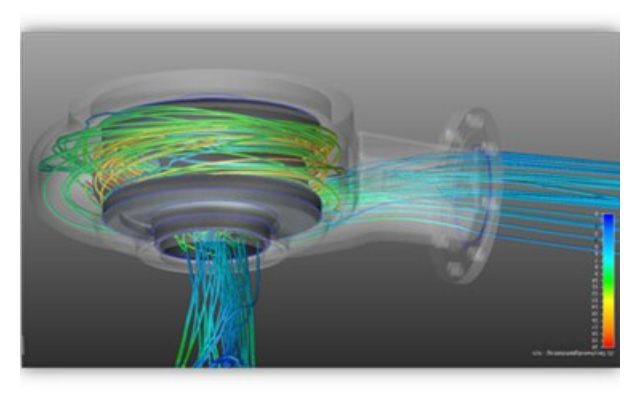
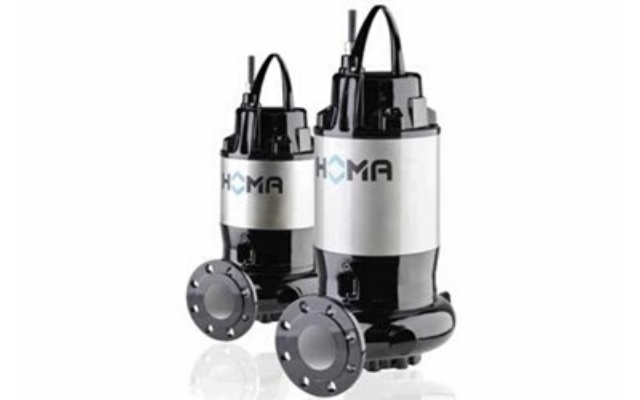
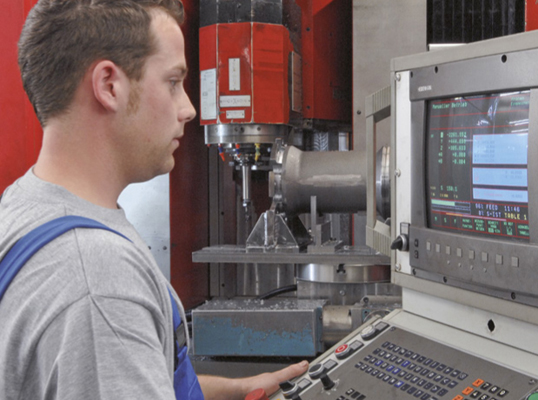
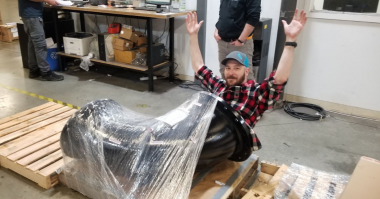
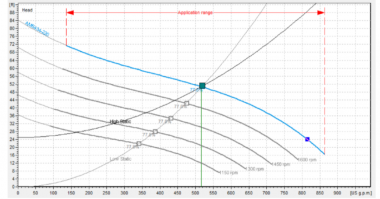
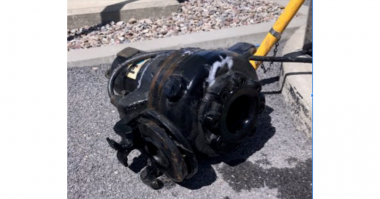
Comments